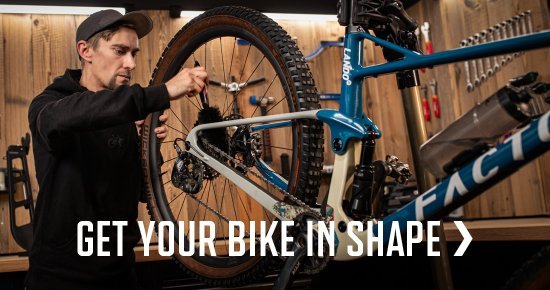Review: 3T Strada 1x Road Bike
I have ridden it and can only say, 1x on a Road bike works and it works well.
There are manufactures who believe aero is everything. But what good is an aerodynamic bicycle when it is so uncomfortable that you have to ride 5 m around every uneven section on the road? And what good are a set of perfectly integrated rim brakes that can’t bring you to a proper stop and need an engineer to properly adjust?
Questions like these are what must have been going though Gerard Vrommen’s head when he first had the idea for the 3T Strada Road bike. It is an aero bike designed around 28 mm tyres that offer comfort while still being fast. The industry has been trending toward wider tyres these last few years anyways and tests show that they end up being faster while offering more comfort to the rider.
The 3T Strada is also breaking into new territory in a few other ways. According to Vroomen, it is the first aero Road bike made specifically for disc brakes, whose tube shapes are optimised for 28 mm to 30 mm tyres and is based on a 1x drivetrain.
3T's first Road machine
Being the first Road bike coming out of 3T, they put a lot of effort into changing norms. Let’s be real, there are Road bikes with disc brake mounts, but on the Strada, they didn’t even think twice about putting rim brake on it. This design aspect can really be seen on the fork, where the crown disappears into the steerer tube, resulting in the front wheel moving closer to the frame. Air turbulence is then minimized and it looks damn fine!
Nowadays, we are pretty used to disc brakes, so let’s move down the frame. Seeing as Vroomen used to work for Cervelo, the general shape reminds me of his earlier creations like the Soloist, R3 and P3 frames. For those who know of Vroomen’s strive for excellence, the Strada is exactly that.

Aerodynamically tucked disc brakes are yet another feature that make the Strada one of a kind.
Moving on to the bottle cage mounts, one can see that the frame becomes wider, again to prevent air turbulence and to allow for better air flow. This cool feature is easy to overlook however, when you see that there is no space on the seat tube for a front derailleur. Vroomen broke with tradition here and made the Strada 1x compatible only. He did it, the deed has been done.
Some positives for leaving out a front derailleur is better air flow and a smoother bridge between seat tube and rear wheel. The cables, housings and the front derailleur of common 2x drivetrains are about as aerodynamic as Marco Pantiani ears…
A cut out in the seat tube keeps the rear wheel close and the seat stays are thin to provide more comfort. Add 28 mm tyres and the Strada becomes the prefect choice for the Spring Classics in Flanders and Northern France. A positive side effect of all this is the shorter chainstays which make the bike more agile, great for fast and narrow criterium courses.
Is 1x a thing?
By leaving out the front derailleur, a traditional Road cyclist might ask about gear jumps on the 11-speed cassette. I could start throwing huge Excel tables around to show the amount of range, but what’s the point, I rode the thing myself. And I mean I rode it, I spent some serious time in the saddle during the mountainous and steep 24 h Rad am Ring race as well as in the Westerwald and Taunus regions of Germany. For me it is clear, 1x works.

The Strada kept me comfortable during the 24 hour Rad am Ring.
With 44x11 I felt I had enough to ride flats as well as descents. I could have used a 10 tooth sprocket, but seriously, who needs to ride that fast when not in a race?
When it comes to climbing, I always notice those hours that disappear into overtime hours at work instead of being on the bike. With 44x36 I had a ratio which roughly comes out to 34x27, which is still in the range of a standard 2x setup. I easily conquered any ascent with the ratio. Add in 3T’s proprietary cassette, which I was unable to test, and the whole setup can be further optimised. The gear jumps are more linear and the whole drivetrain gets some increased range.
It will be interesting to see how well the Strada performs in races. Enter the Irish Aquablue team, they will be the first team to ride with single chainrings since the 1950’s. Of course, we have already seen Bjarne Riis, David Millar and Tony Martin experiment with 1x in time trials, but it still needs to prove itself in a Road race. How the bikes will perform in alpine stages of the Classics is going to be fun to watch.
1x or die?
I am definitely fascinated from the bike and its concept. Gerdard Vroomen is convinced that this is the Road bike of the future. If his idea comes to fruition is yet to tell, but the features and underlying design will most likely be adopted to other bikes in the years to come.










































